Introduction
Lamb meat, known for its rich flavor, tender texture, and nutritional benefits, is a staple in many cuisines worldwide. From traditional roasts to exotic dishes, lamb offers a versatile and delicious option for both home cooks and professional chefs. However, ensuring that fresh lamb meat retains its quality, taste, and safety throughout storage is crucial. Improper handling and storage can lead to spoilage, loss of nutrients, and potential health risks. This comprehensive guide delves into the various methods and techniques for preserving fresh lamb meat, focusing on maintaining its freshness, texture, and flavor.
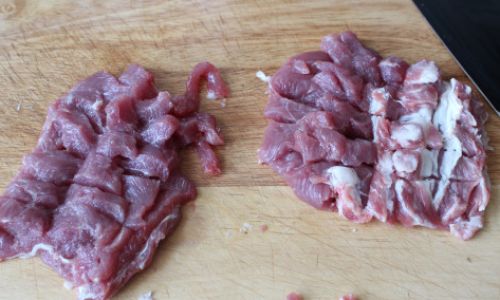
Understanding Fresh Lamb Meat
Before discussing preservation methods, it’s essential to understand the characteristics of fresh lamb meat. Lamb meat is typically categorized based on its age, with younger animals producing more tender and flavorful cuts. The pH level, moisture content, and fat distribution also play significant roles in determining the quality and shelf life of lamb meat.
Fresh lamb meat should have a bright red or pink color, with a firm texture and a slightly moist surface. It should also have a mild, pleasant aroma. Any signs of discoloration, sliminess, or off odors indicate spoilage and should prompt immediate disposal.
The Importance of Proper Handling
Proper handling of fresh lamb meat begins at the point of purchase and continues through preparation and storage. Here are some fundamental principles to follow:
-
Purchase from Reliable Sources: Buy lamb meat from reputable suppliers or farmers who prioritize animal welfare and follow good hygiene practices.
-
Inspect the Packaging: Ensure that the packaging is intact, with no signs of punctures or leaks. Vacuum-packed or sealed meat retains freshness longer.
-
Temperature Control: Keep lamb meat refrigerated or on ice during transportation to maintain a safe temperature. Avoid exposing it to warm environments, which can accelerate spoilage.
-
Prompt Refrigeration: Once home, store lamb meat immediately in the refrigerator at a temperature of 40°F (4°C) or below.
Refrigeration: The Basic Preservation Method
Refrigeration is the most common and effective method for preserving fresh lamb meat. By lowering the temperature, refrigeration slows down the growth of bacteria and other microorganisms that cause spoilage.
Storage Guidelines
-
Proper Packaging: Place lamb meat in airtight containers or wrap it tightly in plastic wrap or aluminum foil to prevent air exposure, which can lead to oxidation and discoloration.
-
Placement in the Refrigerator: Store lamb meat on the bottom shelf of the refrigerator, where it’s coldest. Avoid placing it near raw poultry or seafood, which may cross-contaminate.
-
Use-by Dates: Lamb meat can be stored in the refrigerator for 3 to 5 days. Always check the use-by date on the packaging and use the meat before this date to ensure freshness and safety.
Freezing: Extending Shelf Life
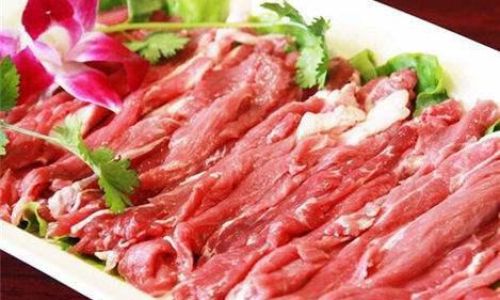
For longer-term preservation, freezing is an excellent option. Freezing halts the growth of bacteria and preserves the quality, texture, and flavor of lamb meat for several months.
Preparation for Freezing
-
Portioning: Divide lamb meat into smaller portions or individual servings before freezing. This makes thawing and use more convenient and reduces the risk of repeated freezing and thawing, which can degrade quality.
-
Proper Packaging: Use freezer-safe containers or heavy-duty freezer bags designed to prevent freezer burn. Remove as much air as possible from the packaging to minimize exposure to oxygen.
-
Labeling: Clearly label the packages with the date and content. This helps in tracking the storage duration and ensures that older meat is used first.
Freezing and Storage Conditions
-
Freezer Temperature: Lamb meat should be stored in a freezer at 0°F (-18°C) or below. Home freezers typically maintain this temperature, but it’s good to check occasionally.
-
Shelf Life: Properly packaged and stored lamb meat can be frozen for 6 to 12 months. While it can technically be kept longer, the quality may gradually decline.
Thawing Frozen Lamb Meat
Thawing frozen lamb meat correctly is crucial to maintaining its quality and safety. Here are the recommended thawing methods:
-
Refrigerator Thawing: Place the frozen meat in the refrigerator on a plate or in a container to catch any drips. Allow it to thaw slowly over several hours or days, depending on the size. This method is safest and preserves the meat’s quality best.
-
Cold Water Thawing: Submerge the sealed package of frozen lamb meat in a bowl or sink of cold water. Change the water every 30 minutes to ensure it stays cold. This method is faster than refrigerator thawing but requires more attention.
-
Microwave Thawing: Use the defrost setting on your microwave, following the manufacturer’s instructions closely. Microwave thawing can be convenient but risks partial cooking and texture changes if not done carefully.
Avoiding Common Pitfalls
To ensure successful preservation of fresh lamb meat, avoid these common mistakes:
-
Cross-Contamination: Always handle raw lamb meat separately from other foods, especially ready-to-eat items. Use separate utensils, cutting boards, and containers to prevent cross-contamination.
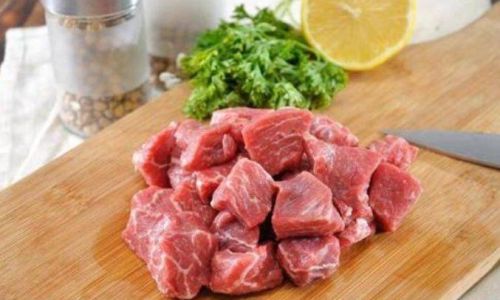
-
Repeated Freezing and Thawing: Avoid freezing and thawing lamb meat more than once, as this can degrade its texture and flavor.
-
Improper Packaging: Ensure that packaging is airtight to prevent freezer burn and oxidation. Use freezer-safe materials designed for long-term storage.
-
Overlooking Expiration Dates: Always check the use-by or best-before dates on packaging and use the meat before these dates to ensure freshness and safety.
Conclusion
Preserving fresh lamb meat involves a combination of proper handling, refrigeration, and freezing techniques. By following these guidelines, you can ensure that your lamb meat retains its quality, texture, and flavor, providing delicious and nutritious meals for your family and guests. Remember, the key to successful preservation is maintaining a cold temperature, using airtight packaging, and avoiding cross-contamination. With these practices in place, you can enjoy fresh lamb meat anytime you want, without worrying about spoilage or safety risks.
Additional Tips for Optimal Preservation
-
Marinating: Marinating lamb meat before freezing can enhance its flavor and help retain moisture during storage. Use acidic marinades like vinegar, lemon juice, or wine to further inhibit bacterial growth.
-
Vacuum Sealing: Investing in a vacuum sealer can significantly extend the shelf life of lamb meat by removing oxygen from the packaging. Vacuum-sealed meat retains its color, texture, and flavor longer than traditionally wrapped meat.
-
Monitoring Freezer Temperature: Regularly check the temperature of your freezer to ensure it’s maintaining the optimal storage temperature of 0°F (-18°C) or below. A thermometer placed in the freezer can help monitor temperature fluctuations.
-
Using Food-Safe Ice Packs: When transporting lamb meat, use food-safe ice packs to keep it cold. This is especially important if you’re traveling or delivering meat to someone else.
-
Cooking Promptly: Once thawed, lamb meat should be cooked promptly to avoid any potential safety risks associated with prolonged storage at room temperature or in the refrigerator.
-
Freezing Leftovers: If you have leftover cooked lamb meat, it can also be frozen for later use. Store it in airtight containers or freezer bags and label with the date. Cooked lamb meat can be frozen for up to 3 months.
By incorporating these additional tips into your lamb meat preservation routine, you can further enhance the quality and safety of your meals. Remember, the goal is to enjoy delicious, nutritious lamb meat without compromising on safety or freshness. With proper care and attention, you can achieve this goal every time.
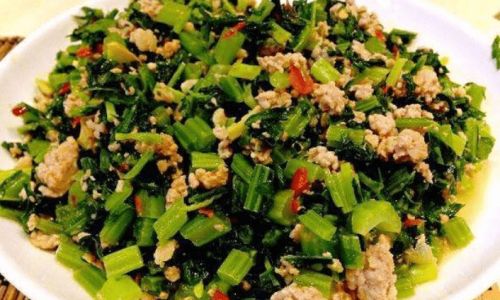
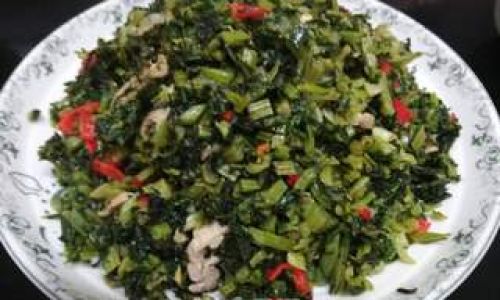
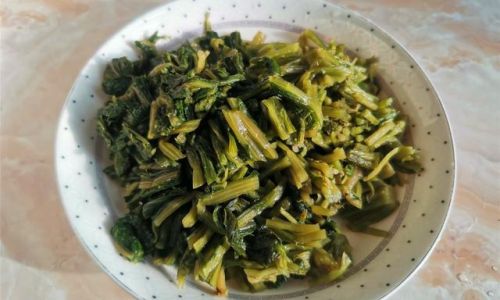



0 comments